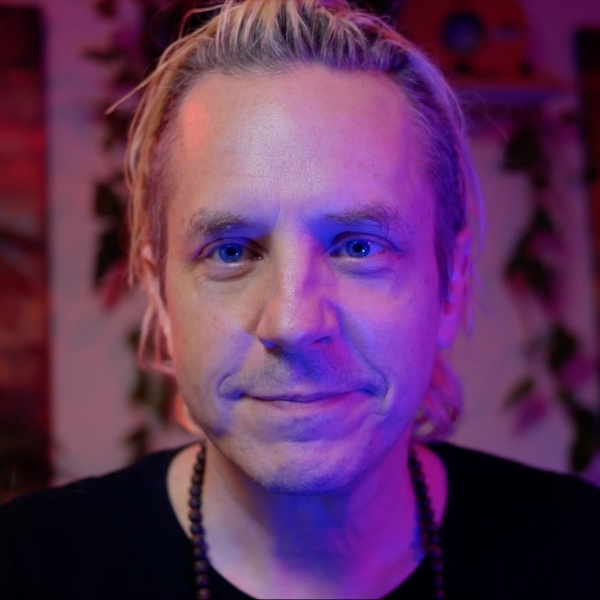Synth Legends: The Moog Minimoog 🎛️

Introduction — The Origin of the Modern Synth
Before the Minimoog, synthesizers were giant walls of cables
— mysterious, intimidating, and locked behind lab doors.
Then, in 1970, Moog created something unthinkable:
A portable, playable, soulful instrument
that didn’t look like a machine…
…it looked like a promise.
The Minimoog wasn’t just a synthesizer.
It was the beginning of electronic music and sound design as we know it.
Quick Summary:
👉 Released in 1970, the Moog Minimoog Model D is a portable analog synthesizer with three oscillators, a legendary 24dB ladder filter, and unmatched expressive tone — shaping funk, electronic, hip hop, pop, rock, and modern production across five decades.
⚙️ The History — When Synthesis Became Human
Question: How did the Minimoog start?
The original Moog modular systems were massive, complex, and designed for universities and studios.
They sounded incredible — but they weren’t instruments…
not in the musical sense.
Musicians wanted something they could:
-
bring on stage
-
play like a lead instrument
-
shape intuitively
-
perform with, not decode
So in 1970, Bob Moog and his team released the Minimoog Model D —
the world’s first portable performance synthesizer.
🎯 Core Innovations
-
Three analog oscillators — thick, warm, harmonically rich.
-
24dB ladder filter — one of the most iconic filters ever created.
-
Built-in keyboard — play it like an instrument, not a calculator.
-
No patch cables — normalized signal flow for instant sound.
-
Portability — the synthesizer finally entered the band.
“Bob Moog didn’t replace instruments — he expanded what it meant to play one.”
🧩 Balance Point
Between science and soul.
Between engineering and expression.
Between electronic tone and human feel.
🔑 Key Takeaway
The Minimoog democratized synthesis — it made electronic sound playable.
Classic Drum Machines: The LinnDrum 🥁
🔊 The Originality — The Sound of Electricity Breathing
Question: Why does the Minimoog sound so alive?
Three reasons:
-
Voltage drift — small fluctuations that give analog oscillators movement.
-
The ladder filter — warm, buttery, musical, unmistakable.
-
Performance controls — pitch/mod wheels, envelopes, tunable oscillators.
The result?
A synthesizer that felt alive, not static.
A tone that could be:
-
aggressive
-
buttery
-
funky
-
warm
-
expressive
-
or absolutely enormous
🎯 Core Sound Traits
-
Huge bass — thick, foundational, the blueprint for future synth bass.
-
Searing leads — cutting, vocal, expressive.
-
Rich oscillators — saw and square waves that vibrate with character.
-
Iconic filter sweeps — the sound of entire genres.
“The Minimoog is the sound of electricity learning to sing.”
🧩 Balance Point
Between raw analog power and musical expressiveness.
Equal parts machine and instrument.
🔑 Key Takeaway
The Minimoog’s originality lies in its voice — powerful yet human.

🌍 The Cultural Impact — The Synth That Changed Everything
The Minimoog didn’t influence genres.
It invented new ones.
🎸 Funk, R&B & Soul — The Electric Bass Revolution
The Minimoog became the new bass guitar.
Key artists & songs
-
Parliament-Funkadelic (Bernie Worrell)
-
Stevie Wonder – “Boogie On Reggae Woman”
-
Herbie Hancock – “Chameleon”
-
The Gap Band
-
The Brothers Johnson
It brought funk into the future.
What Is Sound? The Vibrational Chaos Behind Every Note 🌊
🎹 Electronic & Synth-Based Music — The Foundation
Kraftwerk.
Tangerine Dream.
Jean-Michel Jarre.
These were the architects of early electronic music —
and the Minimoog was their primary tool.
Key artists
-
Kraftwerk – “Autobahn”
-
Jean-Michel Jarre – Oxygène
-
Tangerine Dream – early albums
-
Vangelis – Blade Runner textures
The Minimoog was the future.
🎤 Hip Hop — The Modern Bass Blueprint
The Minimoog’s bass became essential in hip hop, especially in the G-Funk era.
Key artists
-
Dr. Dre – “Nuthin’ but a ‘G’ Thang” (Moog-inspired synth bass)
-
DJ Quik
-
Battlecat
-
Snoop-era West Coast production
Its sound became synonymous with swagger.
🎸 Rock & Pop — The New Lead Instrument
The Minimoog became the lead instrument of progressive rock, pop, and alternative.
Key artists
-
Pink Floyd – “Shine On You Crazy Diamond”
-
Donna Summer's "I Feel Love"
-
David Bowie – multiple eras
-
Gary Numan – synth-driven pop
When rock discovered the Minimoog, guitars finally had a rival.
🧩 Balance Point
Between underground innovation and mainstream influence.
Between bass foundation and lead expression.
No other synth sits comfortably in this many worlds.
🔑 Key Takeaway
The Minimoog became the universal voice of electronic expression.
🧠 FAQ
Q: What year was the Minimoog released?
A: 1970.
Q: Why is the ladder filter so iconic?
A: Its warm, musical resonance and smooth curves defined the sound of analog synthesis.
Q: Which genres use the Minimoog?
A: Funk, hip hop, electronic, pop, rock, R&B, and film scoring.
Q: Who made the Minimoog famous?
A: Stevie Wonder, Kraftwerk, Bernie Worrell, Jean-Michel Jarre, Pink Floyd, Dr. Dre, countless modern producers.

🔑 Why This Matters
The Minimoog was the first synthesizer to feel like an instrument —
a tool musicians could express themselves with, not just program.
It made electronic sound intimate.
It made analog tone personal.
It made synthesizers human.
“The Minimoog didn’t add electricity to music.
It revealed the electricity already in us.”
⭐️ Download my Free Magic Delay settings Guide ⭐️
⭐️ Download my Free Magic Reverb settings Guide ⭐️
#protools #daw #homestudio #recordingschool #recording #musicproduction
Also read:
How to Start Your Own Online Business Teaching Music

Hey, I'm Futch - Music Production Coach and Ableton Certified Trainer
Learn how to make your first song and beat in Ableton Live with my
FREE 90-minute Ableton Live course
I've been teaching audio engineering and music production for 35 years.⭐️
Check out my new online music production program: Music Production Ninja...








